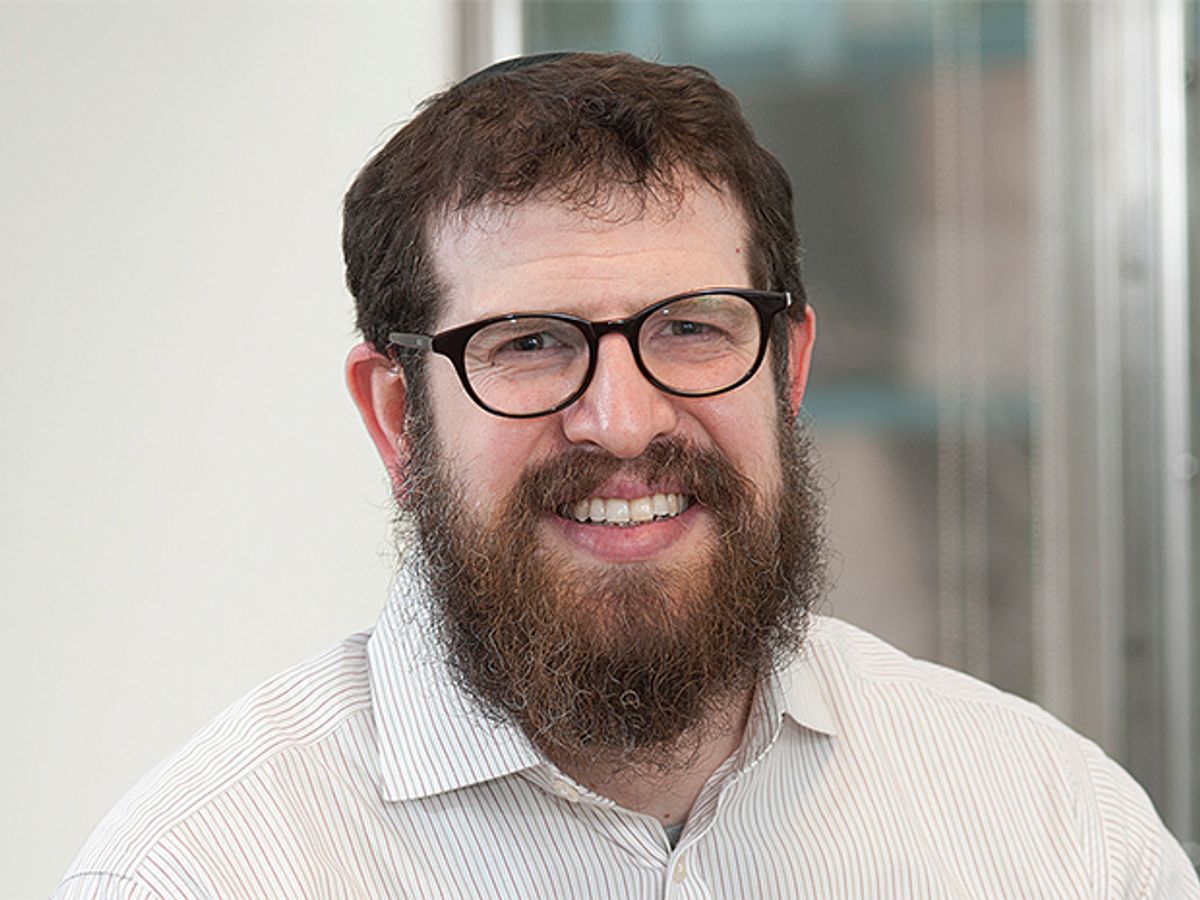If you’re going to design software or digest analytics for Ari Caroline, it helps to not be squeamish. When Caroline hires new computer scientists or software engineers, he likes to send them off to watch surgery. He believes there is no better way for recruits to grasp the real-life impact that data-driven decisions can wield at Memorial Sloan Kettering Cancer Center in New York City. The hospital treats more than 130,000 patients a year and is the largest cancer treatment center in the northeastern United States.
In the future, more engineers may find themselves in scrubs on their first day of work. Leading hospitals are starting to hunt for specialists to glean insights from electronic medical records, X-rays, and genomic maps to smooth processes and shape treatments. Caroline heads one of the first such strategy, products, and analytics groups at a prominent research and treatment center.
“It’s really powerful to see your work directly translate into major decisions when those decisions actually result in people getting better care,” he says.
Caroline began parsing operational data for a summer project at Memorial Sloan Kettering in 2002 while pursuing a doctorate in financial economics at Yale University. For his first assignment, he modeled demand for new operating suites. He was immediately rewarded by seeing managers apply his contributions to the staffing schedule.
Enthused, he fled his doctoral program to join the hospital staff full-time. Executives soon asked him to figure out why fewer new patients were checking in. He found that registrations dropped whenever people felt less financially secure, as measured by a brief dip in the consumer confidence index that was occurring at the time. That analysis dispelled a myth among hospital administrators that patients do not weigh costs in the face of cancer. A follow-up study by another group persuaded insurers to cover more patients by demonstrating that paying for higher-quality initial care could save money in the long run.
Now, Caroline oversees 20 employees in the hospital’s strategy and innovation department as chief analytics officer. Half of the group’s members have engineering backgrounds, with a blend of industrial, electrical, computer, and software expertise. (The rest have backgrounds in statistics, mathematics, or biology.)
Over time, Caroline’s focus has morphed from tweaking staffing schedules and other operational details to influencing clinical decisions. His group is developing a portal that uses machine learning and natural-language processing to push information to physicians and researchers about which patients may qualify for one of the hundreds of clinical trials under way at the hospital at any given time.
Of course, plenty of companies are eager to mine health care data, from startups to IBM. But Caroline’s team has unfettered access to raw data and expertise that outsiders must beg to receive. When engineers in his group are stumped on how to write an algorithm that properly classifies triple-negative breast cancers, they catch a shuttle to the hospital’s main campus and consult with physicians.
Caroline acknowledges that hospitals can be bureaucratic and slow moving. However, he believes health executives’ growing interest in leveraging data to deliver quality care at a lower cost has opened the door for innovation. “It’s not natural for a hospital to embrace experiments and failures,” he says. “But I think it’s something they’re more willing to accept right now.”
This year, Caroline plans to double the size of his data products team and expects to see other major hospitals launch their own groups. For those interested in joining such a group, Caroline says it’s helpful for new applicants to understand the intersection of software engineering and data science—a subfield known as data engineering.
He also emphasizes the importance of soft skills when working in the health care industry. New hires must be able to speak with physicians and administrators as easily as with fellow engineers. Since health care analytics is an evolving specialty, they should also be able to clearly explain their mission at the hospital to a lay audience (Caroline himself likes to cite the film Moneyball, which depicts how the adoption of rigorous statistics transformed the management of professional baseball).
“You can’t rely just on having a technical background in order to function,” he says. “The ability to articulate the value and the impact we have here is really important.”
This article appears in the May 2016 print issue as “Ari Caroline.”
